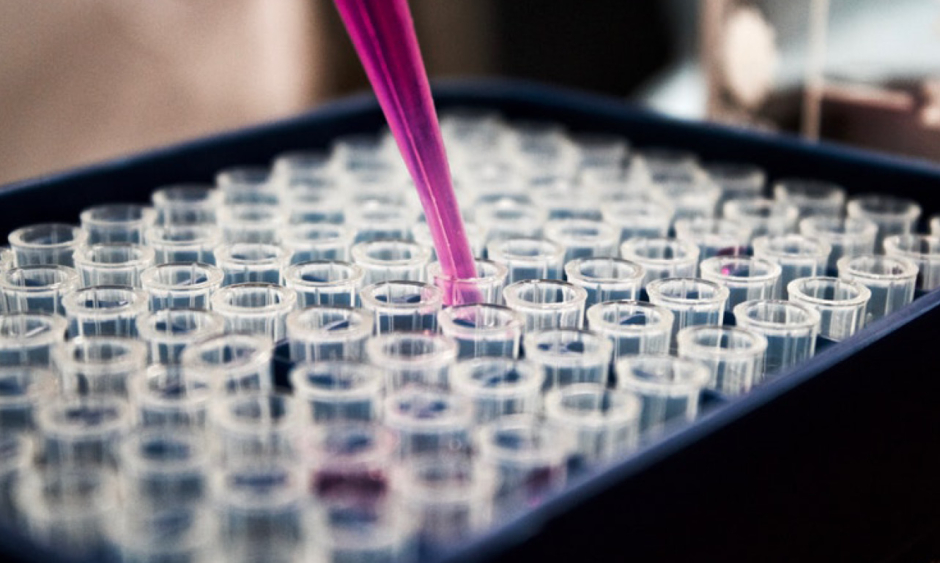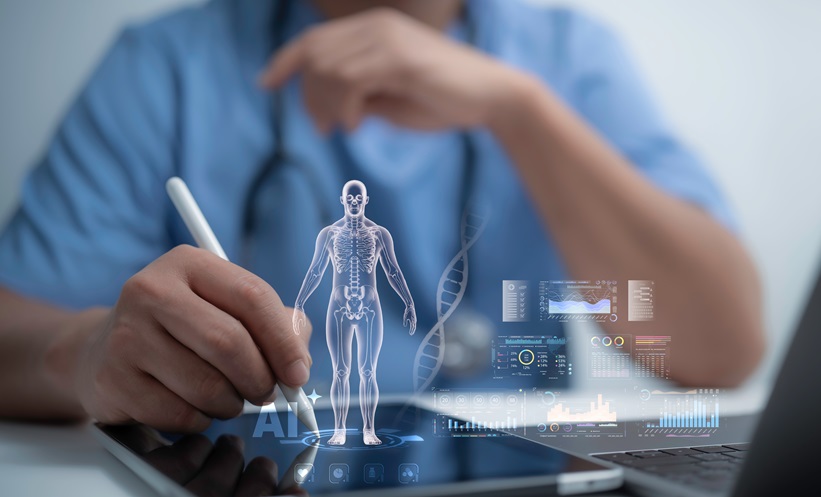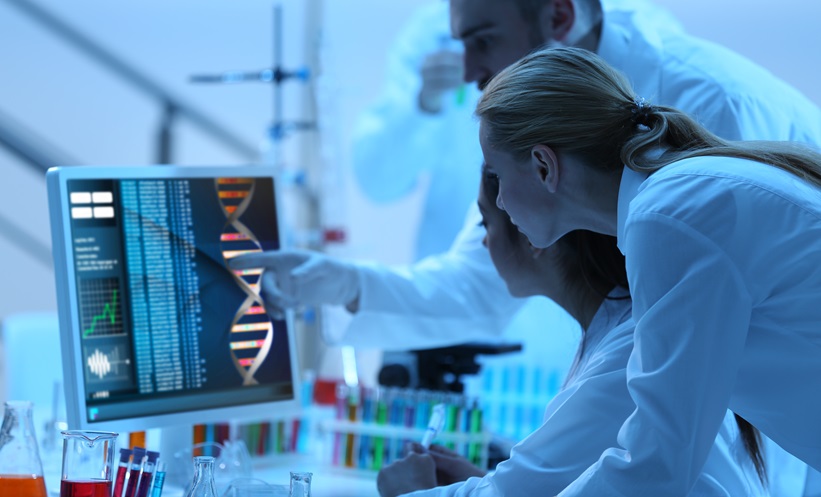Since the advent of three-dimensional (3D) printing, using this method to create functional tissues and organs has been at the forefront of emerging approaches to treating and modelling diseases. The technology has been applied to developing miniature organs for toxicology studies, printing skin to help wound healing, and current research is exploring the potential of 3D printing organs for transplantation. However, despite the rapid advances, many challenges remain. One of these major challenges is controlling cellular functions and fate which, if not restricted, can result in a mass of randomly differentiated cells, as opposed to the desired structured tissue. A team of researchers led by Dr Akhilesh Gaharwar from the Department of Biomedical Engineering, Texas A&M University, College Station, Texas, USA, may have developed a gel to combat this issue.
The newly developed hydrogel bioink allows the printing of 3D structures that can absorb considerable amounts of water, which can be loaded with therapeutic proteins and growth factors to help the maturation of the tissue. Normally, these therapeutics can not be easily incorporated within a 3D-printed structure for a prolonged duration. The introduction of nanoclay nanoparticles into the gel by the research team sequesters the therapeutic of interest and 3D prints them at a precise location, overcoming this issue.
Polyethethylene glycol (PEG) is an inert polymer that has been used in tissue engineering because it does not induce an immune response. One downside to its use is that the low viscosity of a PEG polymer solution means that it is difficult to 3D print. The team found that the combination of PEG and nanoparticles created a class of hybrid bioinks that could support cell growth and has enhanced printability in comparison to PEG polymers alone.
The properties of the hybrid gel are highly desirable for 3D printing: it can be injected, its flow stops quickly, and it can then be cured into place to precisely deposit protein therapeutics. This new formula will most likely reduce the concentration of therapeutic needed in the gels, hopefully reducing the cost of the process and avoiding the adverse effects of using higher than necessary doses.
“This formulation using nanoclay sequesters the therapeutic of interest for increased cell activity and proliferation,” said Dr Charles W. Peak, senior author on the study. “In addition, the prolonged delivery of the bioactive therapeutic could improve cell migration within 3D printed scaffolds and can help in rapid vascularisation of scaffolds.”








